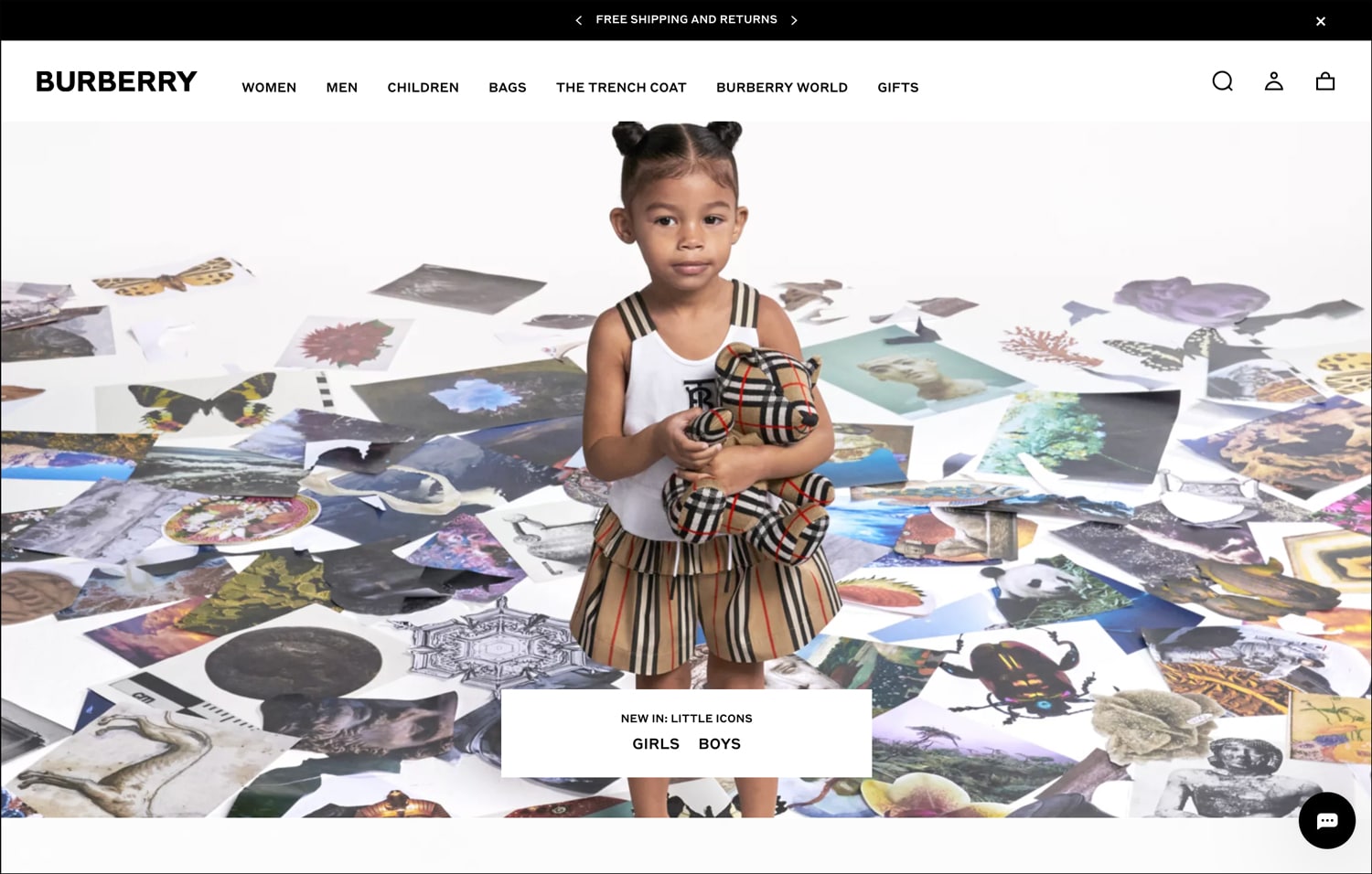Brand visual identity is a visual representation of your brand. It brings the brand to life in a visual sense. And helps form the basis of how you want people to perceive you.
- fonts
- colours
- photos
- graphics
- illustrations
- patterns
- icons
People take in more information when it’s visually represented. For example, we are more likely to remember a distinct graphic pattern over words or a typographic logo. Colour schemes are also very emotive and help people connect to specific feelings or products. Photography can really help the consumer see the product or service clearly or find an emotive connection. Graphics, illustrations, icons and charts help communicate the brand message in a clear, direct manner. Typography can give a brand personality, from fun through to serious.
Brand guidelines or brand design kit
Corporate design guidelines are often produced to give businesses clear instructions on how the brand visual identity should be reproduced. Extensive guidelines even touch on tone of voice and key messaging as well as the visual aspects of the brand. A style guide for your brand keeps everything consistent. Fundamental for a solid and brilliant brand.
So, visual branding creates a strong corporate image that should be identifiable to people even without the full logo present. An excellent example of this is Burberry. Their check design has become synonymous with the brand. People identify with a Burberry trench coat or scarf just from the pattern. The logo has evolved and changed over the years, but no-one really registers this as their check pattern is still very much at the forefront of their strong visual branding. Burberry is and example of a big brand that has effectively evolved over the decades whilst maintaining a consistent brand image.
So, as I touched on earlier, visual identity is just a part of your overall brand. Which leads us on to the question of …
What’s the difference between visual identity and branding?
In order to answer this question we need to first understand … what is branding?
It’s hard to sum up exactly what Branding is in one simple sentence. However, well-known author of the Purple Cow Seth Godin, had a very good take on it when he said;
“A brand is the set of expectations, memories, stories and relationships that, taken together, account for a consumer’s decision to choose one product or service over another. If the consumer (whether it’s a business, a buyer, a voter or a donor) doesn’t pay a premium, make a selection or spread the word, then no brand value exists for that consumer.”
Your brand is made up of everything tangible and intangible that creates the overall experience someone has when they hear about or interact with your brand.
The diagram below hopefully explains the relation in a clearer way. Your logo, visual identity, tone of voice, key messages and brand story are all strategically and visually created to communicate your brand to your audience. You audience will then then have an immediate response or emotion towards your visual brand and form an impression or belief. Then, if the emotion or impression is a positive one, this will then help build a reputation for the brand. That’s how corporate visual identity supports reputation.
Your brand lives in the minds of the consumer and it is your job to communicate who you are and what you are all about through all aspects of your brand.
When you develop your brand, it’s important to consider all these elements:

Other words used to describe brand visual identity, but mean the same thing:
- Visual Identity
- Brand Identity
- VI
- Corporate Branding
- Visual Branding
FAQs on visual identity answered
Why are branding and visual identity important for current startups?
Branding and visual identity are very important for start ups. From a strategic branding perspective, it’s important to understand your target market and also your product/service and how it will help your customers. It’s also important to have a clear idea of how to communicate your product or service to your audience to gain a positive response.
Can you give some good examples of national branding and visual identity?
Burberry, as mentioned above has brilliant visual branding with their classic check pattern. Other solid brands are Apple, Nike, Starbucks, AirBnB – for their ability to adapt to their customer throughout the world. Also their connection with their customers and how they even changed how will live.
How does a designer explain the use of multiple logos in a visual identity system?
I have written a complete article about responsive logo design and how every brand needs multiple logos to work across different platforms in today’s digital age. Read the blogpost by clicking here: Responsive Logo Design: What does this mean and is your logo responsive?
Which brand (visual) identity design book do you recommend?
I’m not sure there is a particular book that I can say really helped me on my design journey. It’s the years of working with people at design agencies, learning off my peers and by trial and error. Nowadays, you can learn a lot from googling online so I have listed a few useful through-provoking articles below. If you’re old fashioned and still like to read off paper, then Creating a Brand Identity: A Guide for Designers by Catherine Slade-Brooking is a good read for the basics.
Which are the methods/techniques to evaluate the effectiveness of a company’s visual identity?
To remove the subjective element of choosing a logo or VI, an objective measure is required. This is where you Brand Strategy comes in. Understand this and you will have clear guidelines to measure against, especially with your brand personality / attributes. If your brand personality in for example are: Creative, Passionate, Confident, Friendly, Professional, Perceptive and Analytical, then your visual identity should reflect these attributes.
What are some tips on communicating new brand and visual identity for a small company?
Make sure you understand your brand fully prior to commissioning any visuals to represent it. Only this way can you be sure that your brand image will match your service or product offer as well as target your ideal audience. Use the tools I mention above, working on your Brand Strategy, then you will have a clearer vision of what it is you need and will be able to brief a designer accordingly. Or, you could always get a brand consultant such as myself on-board to help you define your brand and then create the perfect visuals to represent it!
Here at az.design we offer our BRAND DESIGN KIT package for solo-owned businesses or bespoke services for SMEs. So if you’d like to chat about how we can help refresh your brand visual identity, why not book an INTRO CONSULT with me, Angela 😉
Interesting further reading on visual identity:
Five Aspects of Visual Identity
Brand Yourself: How to create a Visual Identity
Building a Brand: Creating a Visual Identity
RECENT BRAND VISUAL IDENTITY PROJECTS:





